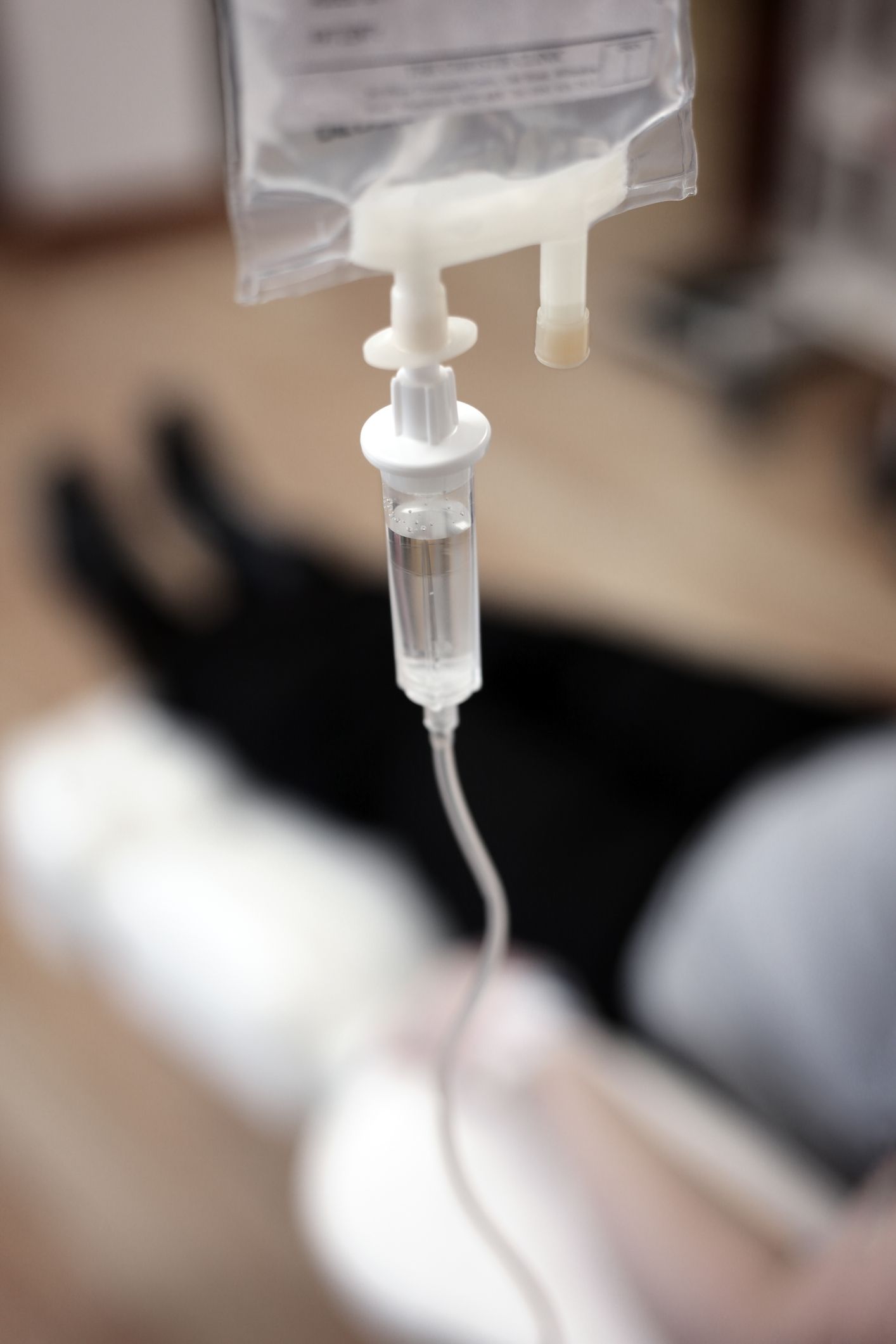Apprehensive Patients Can Relax with IV Sedation Dentistry
Going to the dentist has never been easier. Modern dental offices are comfortable, and dental professionals are well-versed in techniques to put their patients at ease. Even so, some patients are apprehensive in the dental chair and do not endure the experience well. Others, though not apprehensive, find that they have trouble tolerating procedures that are long and tiring. For cases such as these, sedation may be the answer. Dr. Clint Newman and his dental anesthesiologist see many apprehensive patients at his Nashville, TN, practice. Even with a soothing chairside manner, he finds that some of patients benefit from IV sedation dentistry. This is just one of many services he provides for the comfort of their many satisfied patients.
General Anesthesia and Sedation
General anesthesia and sedation are two important techniques that help patients relax during a dental appointment.
General anesthesia involves putting patients completely to sleep, either in a hospital or office setting, to have their treatment accomplished. It is most useful for special needs patients, those undergoing a very long and extensive procedure, or those who are extremely apprehensive.
Sedation is most useful for those patients who need some help relaxing but do not need to be put to sleep. Sedated patients are sleepy and very relaxed but unlike general anesthesia, they remain conscious and alert throughout the procedure. Sedative drugs can be administered orally with a pill, through nitrous oxide gas, or intravenously (IV). Any one of these methods can be most appropriate for a given case.
IV Conscious Sedation
Administering sedative drugs intravenously is the safest and most dependable of the sedation techniques. It gives the doctor the best control of medication levels in the patient's bloodstream. It also allows reversal or emergency drugs to be immediately given, in the rare case they would be needed.
The drugs used with IV sedation make the patient very drowsy but are precisely tailored to allow the patient to remain perfectly relaxed but awake. One of the positive side effects of these drugs is that they have "amnestic" qualities. This means that the patient usually has little or no recollection of the procedure afterward.
Patients scheduled for a procedure using IV sedation should not eat or drink anything for at least eight hours prior to the appointment. The procedure involves inserting a catheter into one of the patient's veins and slowly administering small amounts of one or more sedative drugs until they are very relaxed. The catheter will remain in place until the procedure is finished.
After Your Appointment
When patients are ready to leave, a friend or family member should be available to drive them home. IV sedation patients should plan on resting for the remainder of the day. They can remain sleepy for several hours after the procedure, so it is not safe for them to drive or engage in any activities in which they could harm themselves or others.
Let Us Help You Overcome Your Fears
Patients should not let their apprehension keep them from coming to the dentist. Clint Newman, DDS, and his team have a variety of techniques to put patients at ease and comfortably provide them the excellent care they deserve. Schedule an appointment by reaching out to the practice online.





